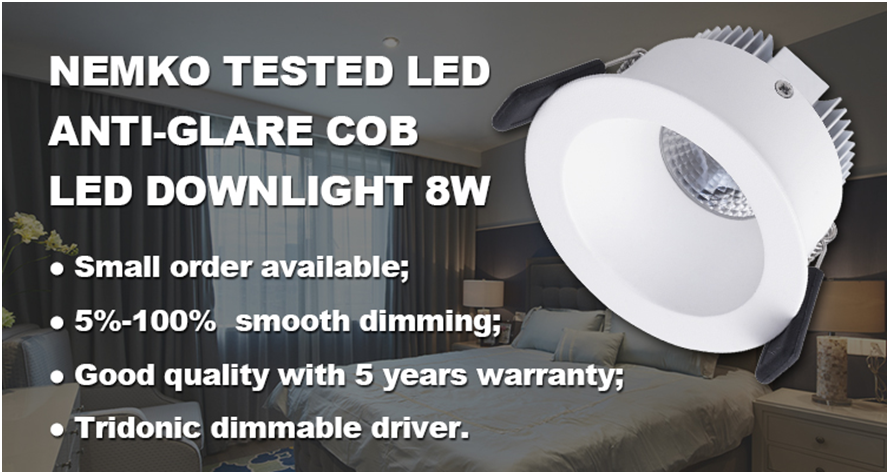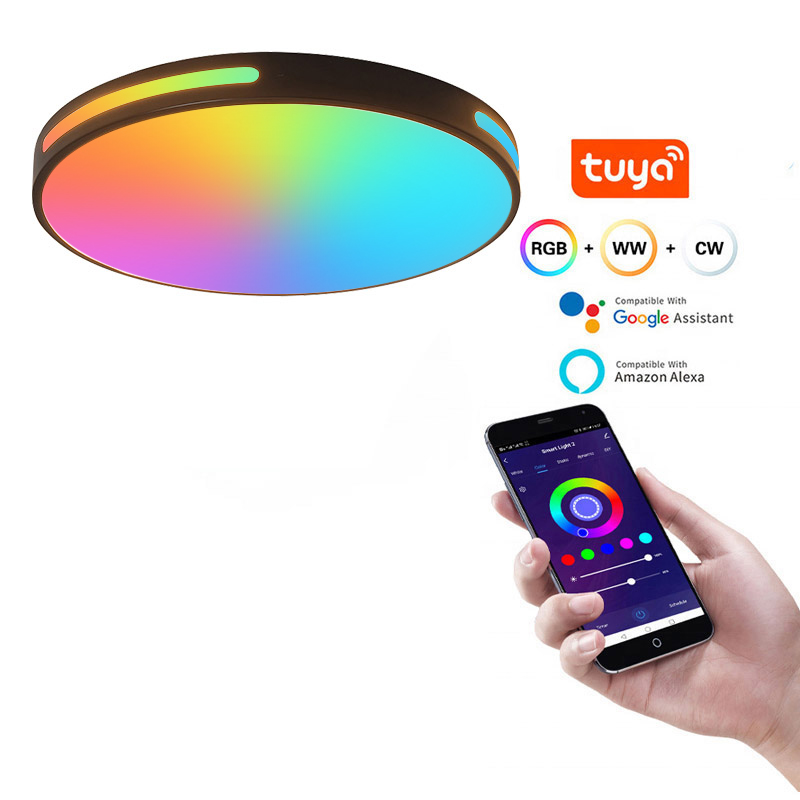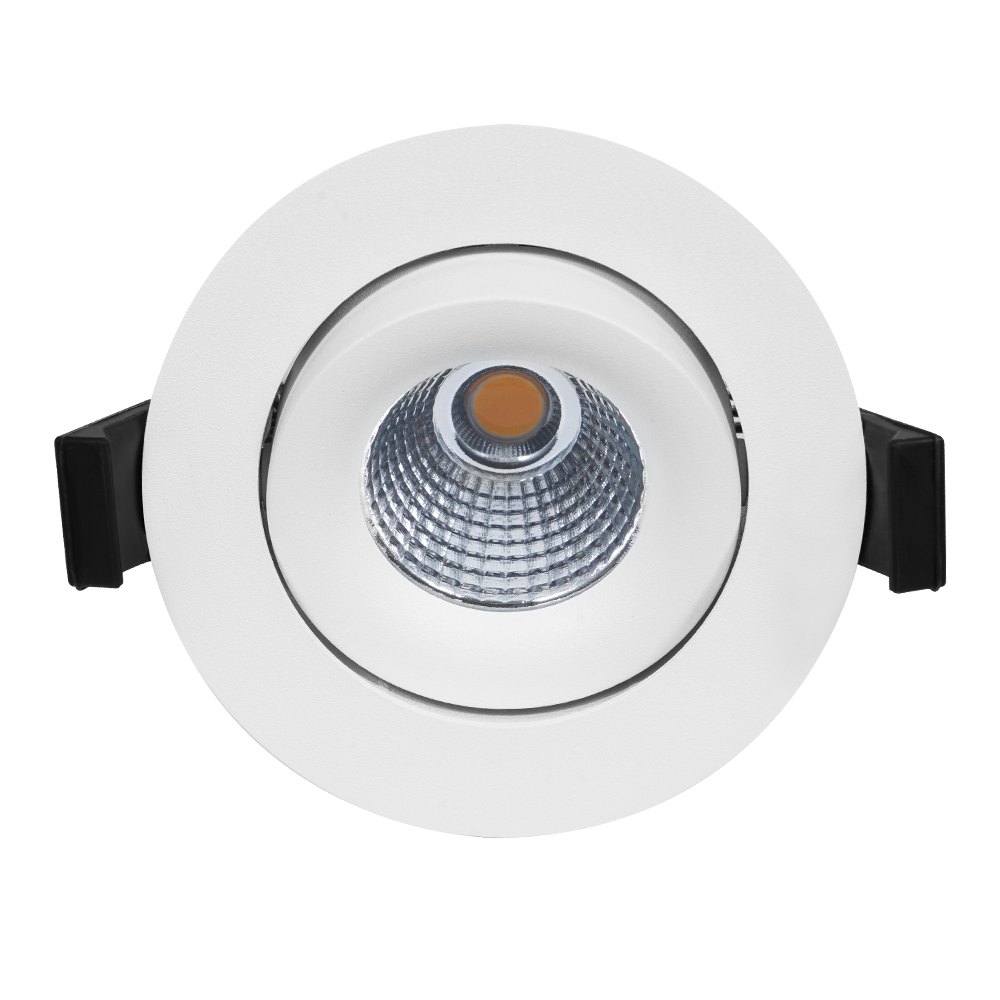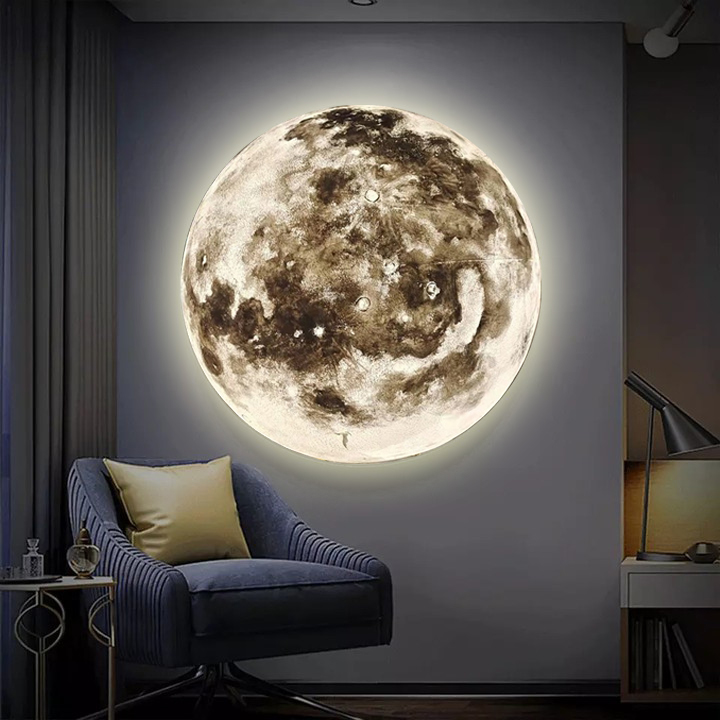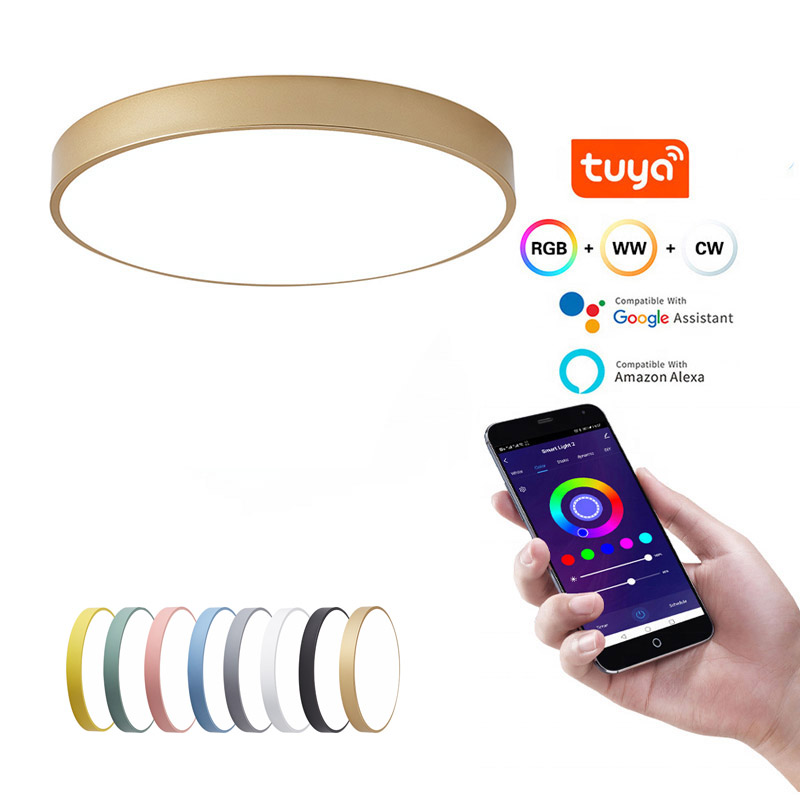The anti-glare design of LED downlight is an important lighting technology that aims to provide a Comfortable and Interference-free light environment.
In luminaire design, the generation of glare is mainly related to the direct light out of the Light Source, Reflected Light and the Structure of the Luminaire.
This paper will discuss in depth how LED downlights can effectively prevent glare and analyse the advantages and disadvantages of different anti-glare measures.
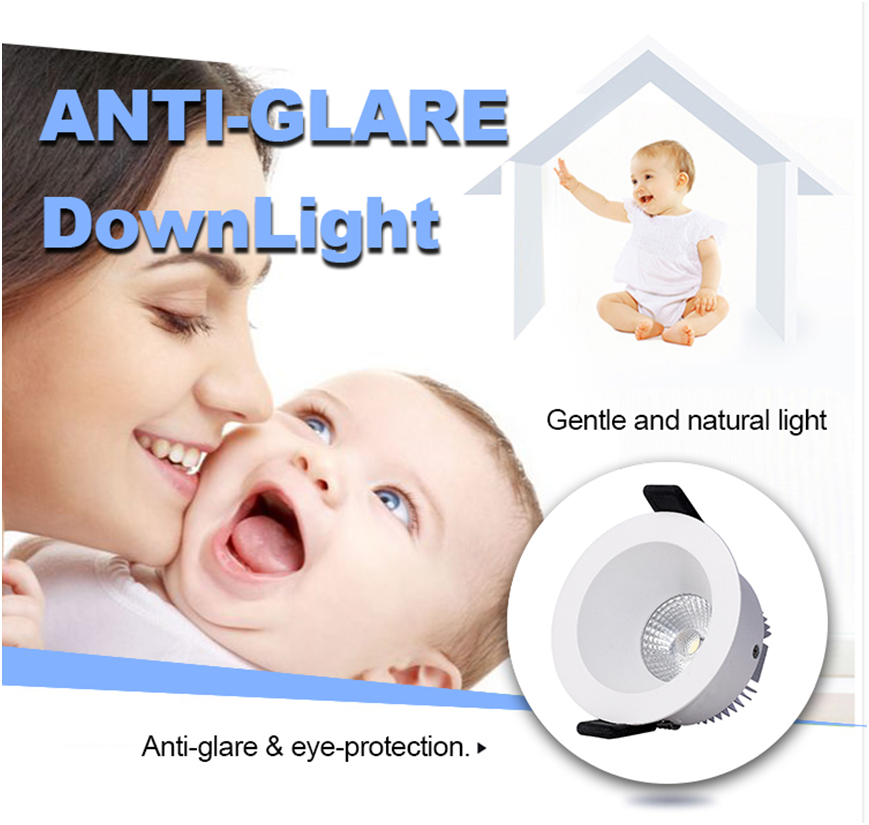
We need to understand what is glare. Glare is the discomfort or visual disturbance felt when the human eye is exposed to excessively bright or uneven light.
Normally, the human eye is sensitive to a range of light from 30° above to 60° below the level of the eye, and if there is harsh light within this range, glare occurs.
Ideally, therefore, the light emitted from a luminaire should be confined beyond this angle, i.e. within a cut-off angle greater than 30°, to be considered anti-glare.
Deep recessed luminaires are often considered to reduce glare because of their ability to shield the direct outgoing light from the light source.
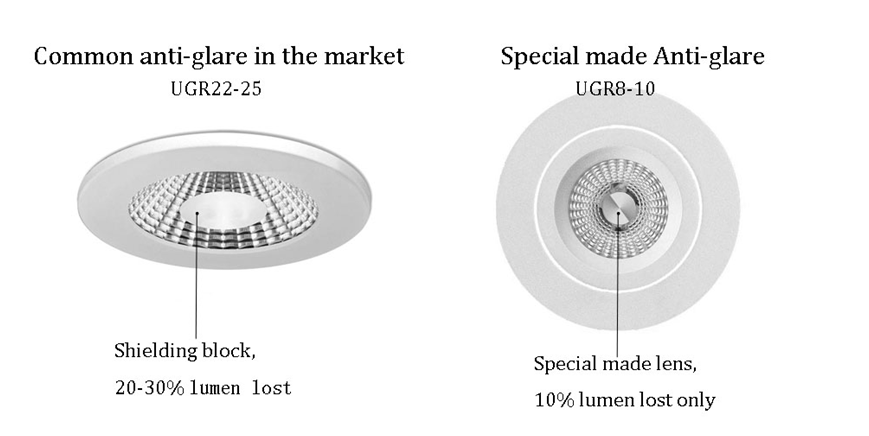
However, this only solves the problem of the primary direct outgoing light from the light source and does not provide complete control of the secondary reflected light.
The shape and curvature of the reflector is critical, and if not designed correctly, secondary reflected light can enter the field of view and cause glare.
Some manufacturers avoid this problem by adding anti-glare rings, but this is a reactive solution rather than the best design.
A good reflector is anti-glare in its own right; it ensures that both primary and secondary light are contained within the cut-off angle without the need for additional anti-glare devices.
However, A Frosted Reflector is not the ideal solution as, while it reduces reflected light in some directions, it increases the risk of secondary reflected light entering the line of sight.
Similarly, frosted or opalescent exit surfaces, while reducing brightness at certain angles, may likewise cause more light to enter the field of view, triggering glare problems.
For spotlights with small beam angles, management of the primary and secondary spots is key.
The primary spot is a narrow angled beam created by the reflector, while the secondary spot is a wider beam emitted directly from the light source.
An anti-glare ring is used to shield part of the secondary spot to reduce glare.
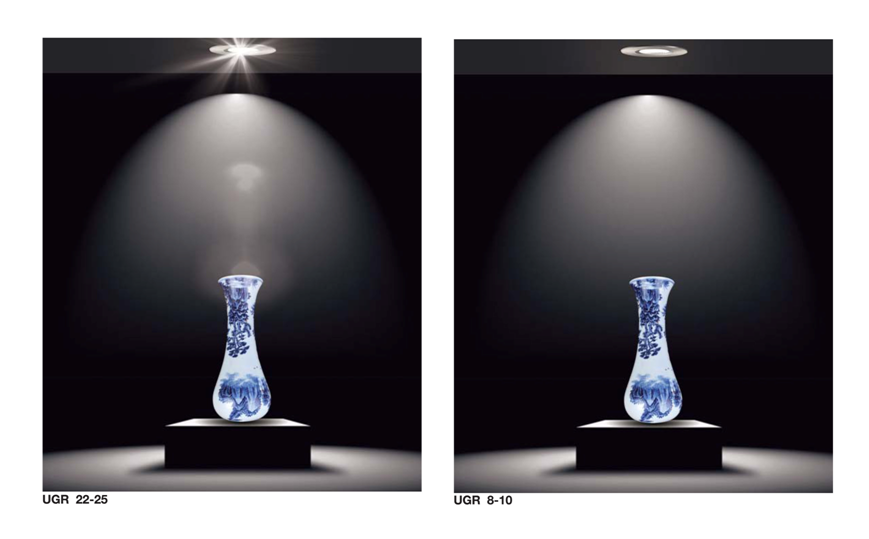
Below is our Vertex hot selling anti-glare downlight V6081-AC
This is a new anti-glare downlight with a very Narrow Edge, which is very close to the effect of An Trimless down light.
In addition, the anti-glare design makes its UGR very low, only about 12. In the case of Ensuring the Anti-glare function, its Height is as Short as possible.
Currently, it is only 49mm.This lamp has 2 kinds of drivers to choose from, one is Isolated driver, the other is high-voltage AC driver with cost-effective,
Both drivers are of excellent quality, and the Dimming effect is perfect from 0~100%.
